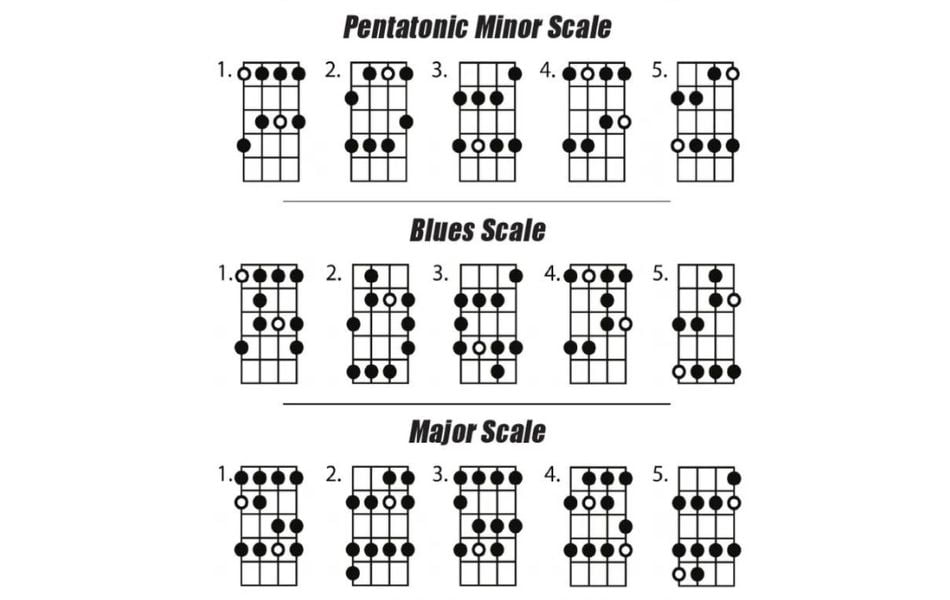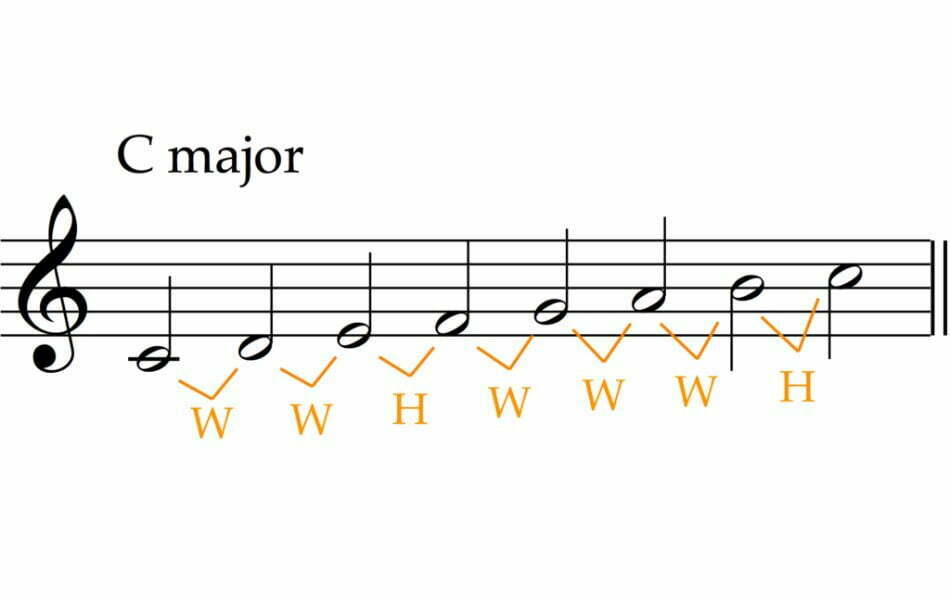Overview Bass Guitar Scale Simplest To Comprehend
Learning bass guitar scales is more manageable than you might imagine. Once you understand that a scale is essentially a set of notes arranged in a specific pattern, you can easily visualize and memorize that pattern on the fretboard. This instructional video lesson demonstrates how to accomplish this with various scales such as the major, natural minor, diminished, whole tone, and super locrian scales. Even scales with intimidating names become accessible through this approach, making the learning process much easier.
What is the bass guitar scale?
Definition
The bass guitar scale refers to a series of musical notes arranged in a specific pattern, played on the bass guitar. The most commonly used scale for bass guitar is the Major scale, which is a seven-note scale consisting of whole and half steps in a specific pattern. The pattern for a Major scale is as follows:
Root (Tonic) - Whole Step - Whole Step - Half Step - Whole Step - Whole Step - Whole Step - Half Step
For example, if you start on the note of C, a C Major scale on the bass guitar would be played as follows:
C - Whole Step - D - Whole Step - E - Half Step - F - Whole Step - G - Whole Step - A - Whole Step - B - Half Step - C
Classification
Some commonly used bass guitar scales include:
Major Scale: This scale has a bright and happy sound and is often used in various genres, including pop, rock, and jazz.
Minor Scale: The minor scale has a sadder, darker tone and commonly appears in rock, blues, and metal genres.
Pentatonic Scale: This scale consists of five notes per octave and is widely famous in many genres, particularly in rock, blues, and funk music.
Blues Scale: The blues scale adds a "blue" note (a note with a slightly lowered pitch) to the pentatonic scale, giving it a characteristic bluesy sound.
Chromatic Scale: The chromatic scale includes all twelve notes within an octave and is often used for creating tension, leading to resolution in basslines, or for adding expressive flair to solos.

Bass guitar scale symbols
When discussing scales and their patterns, the intervals between the notes often use to represent specific symbols. Here's an explanation of the most common symbols used to represent the intervals in bass guitar scales:
Whole Step (W): A whole step represents a distance of two frets on the bass guitar. It is also equivalent to two half steps. When moving up a whole step, you skip one fret on the bass guitar.
Half Step (H): A half step represents a distance of one fret on the bass guitar. It is the smallest interval used in Western music. When moving up a half step, you move to the very next fret on the bass guitar.
By combining these symbols, you can construct various scales and determine the specific sequence of notes to play. For example, let's use the C Major scale: C - D - E - F - G - A - B - C
To represent this scale in terms of whole steps (W) and half steps (H), it follows: W - W - H - W - W - W - H
Starting from the root note of C, you move up a whole step (W) to D. And then another whole step to E. After that, you encounter a half step (H) to reach F, followed by consecutive whole steps to G, A, and B. Finally, you end the scale by moving up a half step (H) to reach the octave note of C.

Bass guitar scales play a vital role in guitar playing, enabling the creation of melodies, solos, and improvisations. Acquiring proficiency in bass guitar scales not only enhances your overall guitar skills but also improves your finger dexterity.
Make sure to remember to get Guitar Tunio, an app that allows you to tune your Guitar accurately prior to playing. The application offers a dependable tuner for various stringed instruments. It can use for the Guitar and Mandolin, along with a wide collection of chords and additional features. You can find this app on both the App Store and Google Play So take a look and discover its capabilities.








